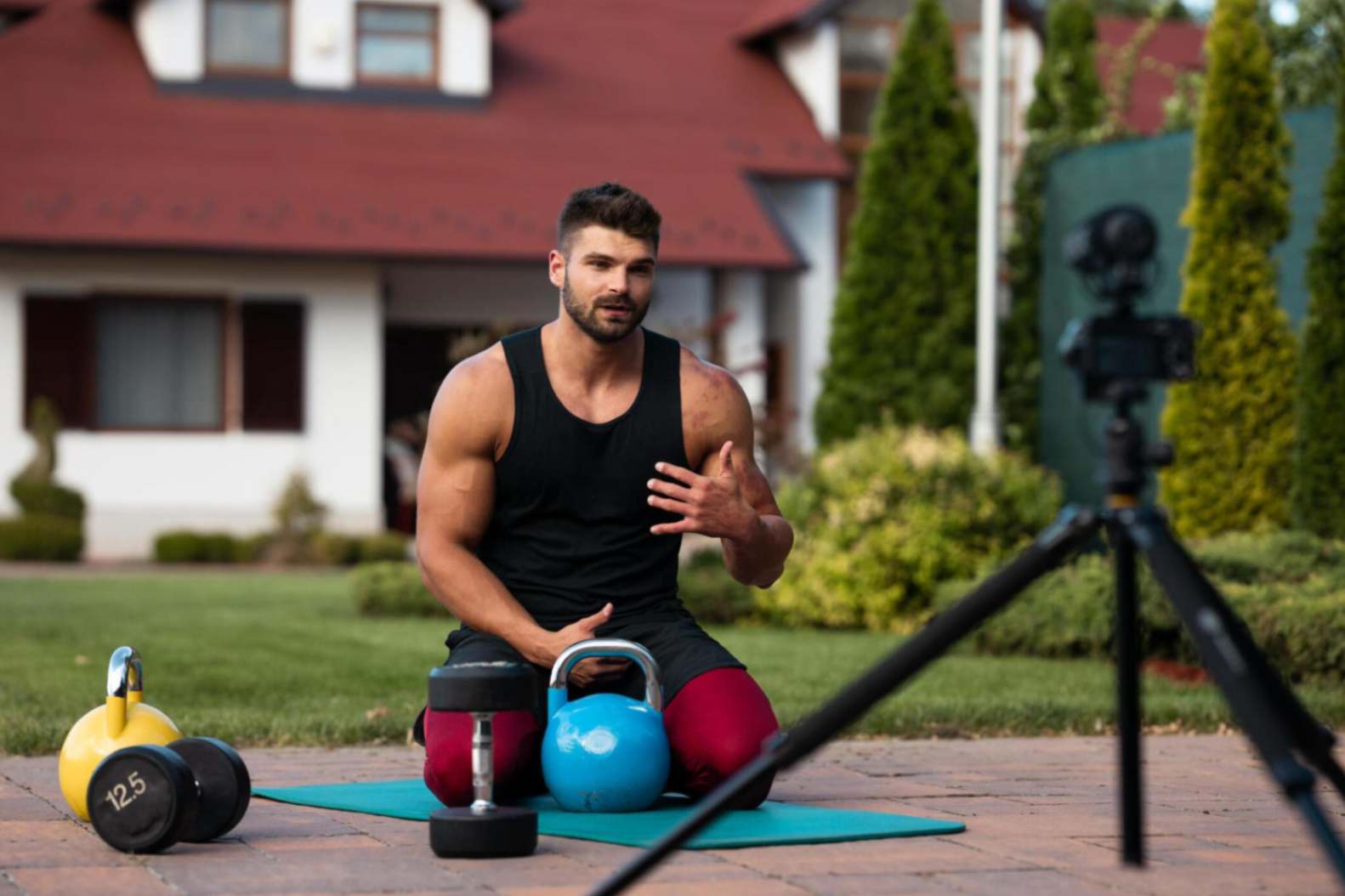Neck pain is a common ailment that can significantly impact daily life, affecting everything from work productivity to sleep quality. Whether it’s caused by poor posture, muscle tension, stress, or underlying medical conditions, finding relief from neck pain is essential for overall well-being.
In this comprehensive guide, we’ll explore effective strategies for achieving sustainable neck pain relief, allowing you to improve your neck wellness and enjoy a pain-free lifestyle.
1. Understanding Neck Pain
Understanding neck pain involves recognizing its multifactorial nature, stemming from issues like muscle strain, poor posture, injury, or underlying conditions. Symptoms may include stiffness, discomfort, and limited range of motion. Diagnosis treatment often requires a comprehensive evaluation by healthcare professionals.
Causes of Neck Pain
- Poor Posture: Prolonged sitting or standing with improper posture can strain the muscles and ligaments in the neck, leading to pain and discomfort.
- Muscle Tension: Stress, anxiety, and repetitive movements can cause muscle tension in the neck and shoulders, resulting in stiffness and pain.
- Degenerative Conditions: Conditions such as osteoarthritis, cervical spondylosis, and herniated discs can contribute to neck pain, especially with age.
- Injuries: Whiplash injuries from car accidents, sports-related injuries, or falls can cause acute or chronic neck pain.
Impact of Neck Pain
- Reduced Mobility: Neck pain can limit your range of motion and make simple tasks such as turning your head or looking up/down challenging.
- Disrupted Sleep: Persistent neck pain can interfere with sleep quality, leading to fatigue, irritability, and difficulty concentrating during the day.
- Decreased Quality of Life: Chronic neck pain can have a significant impact on overall quality of life, affecting mood, relationships, and daily activities.

2. Important Tips for Neck Pain Relief
Effective strategies for neck pain treatment encompass various approaches, including heat or cold therapy, gentle neck stretches, and exercises, maintaining good posture, and using ergonomic accessories. These methods aim to alleviate tension and promote comfort. Here are some strategies to consider. If you are looking for the best neck pain treatment then you may contact Canada-UK Chiropractic.
Professional Treatment Options
- Physical Therapy: Seek the guidance of a physical therapist who can design a tailored exercise program to address muscle imbalances, improve posture, and alleviate neck pain.
- Chiropractic Care: Consider chiropractic adjustments to realign the spine and alleviate pressure on the nerves and muscles in the neck region.
Improving Posture
- Ergonomic Workspace: Ensure your workspace is ergonomically designed with proper chair height, desk setup, and computer monitor position to support good posture.
- Posture Awareness: Practice mindfulness of your posture throughout the day, making a conscious effort to sit or stand tall with your shoulders relaxed and your head aligned with your spine.
Stress Management Techniques
- Mindfulness Meditation: Practice mindfulness meditation to reduce stress and promote relaxation, which can help alleviate muscle tension and neck pain.
- Deep Breathing Exercises: Practice deep breathing exercises to calm the nervous system and reduce stress-induced muscle tension in the neck and shoulders.
Heat and Cold Therapy
- Heat Therapy: Apply a warm compress or heating pad to the neck to increase blood flow, relax muscles, and alleviate stiffness and soreness.
- Cold Therapy: Use a cold pack or ice wrapped in a towel to reduce inflammation and numb pain in the neck area, especially after acute injuries or flare-ups.
3. Lifestyle Modifications for Neck Wellness
Lifestyle modifications play a crucial role in promoting neck wellness and preventing neck pain or discomfort. Here are some lifestyle changes you can implement for better neck health:
Maintain a Healthy Weight
- Weight Management: Maintain a healthy weight through regular exercise and a balanced diet to reduce strain on the neck and spine.
- Regular Exercise: Engage in regular physical activity, such as walking, swimming, or yoga, to improve overall strength, flexibility, and posture.

- Proper Setup: Ensure your workspace is ergonomically designed to support good posture and reduce strain on your neck and shoulders. Adjust your chair height, desk, and computer monitor to maintain a neutral spine alignment.
- Hydration: Drink an adequate amount of water throughout the day to keep the discs in the spine hydrated and maintain optimal spinal health.
- Frequent Breaks: Take regular breaks from prolonged sitting or standing positions to stretch, change positions, and relieve tension in the neck and shoulders.
- Mindful Practices: Practice mindfulness and body awareness throughout the day to notice any tension or discomfort in your neck and shoulders. Take time to stretch and release tension with gentle movements and deep breathing exercises.
4. Seeking Professional Help
When it comes to managing neck pain and optimizing neck wellness, seeking professional help can provide invaluable guidance and support. Here are some key considerations for seeking professional assistance:
Diagnostic Evaluation
- Comprehensive Assessment: A healthcare provider will conduct a thorough evaluation, which may include physical examination, neurological testing, and imaging studies such as X-rays, MRI, or CT scans to identify the underlying cause of your neck pain.
- Diagnostic Tests: Depending on your symptoms and medical history, additional diagnostic tests such as electromyography (EMG) or nerve conduction studies may be recommended to assess nerve function and muscle activity.
Personalized Treatment Plan
- Tailored Approach: Based on the findings of the diagnostic evaluation, your healthcare provider will develop a personalized treatment plan tailored to address your specific needs, preferences, and goals.
- Multidisciplinary Care: Your treatment plan may incorporate a combination of interventions such as medication management, physical therapy, chiropractic adjustments, acupuncture, or interventional procedures to relieve pain and improve function.
Consulting with a Healthcare Provider
- Primary Care Physician: Start by consulting with your primary care physician to discuss your neck pain symptoms, medical history, and any underlying health conditions that may be contributing to your discomfort.
- Specialist Referral: If necessary, your primary care physician may refer you to a specialist such as an orthopedic surgeon, neurologist, physical therapist, or chiropractor for further evaluation and treatment.

Conclusion
Achieving sustainable neck pain relief requires a multifaceted approach that addresses the underlying causes of pain while promoting overall neck wellness.
By incorporating strategies such as improving posture, stretching and strengthening exercises, stress management techniques, heat and cold therapy, ergonomic support, and lifestyle modifications, you can effectively manage neck pain and improve your quality of life.
Remember to listen to your body, prioritize self-care, and seek professional help when needed to ensure long-term neck health and wellness. With dedication and consistency, you can achieve sustainable neck pain relief and enjoy a pain-free lifestyle.









